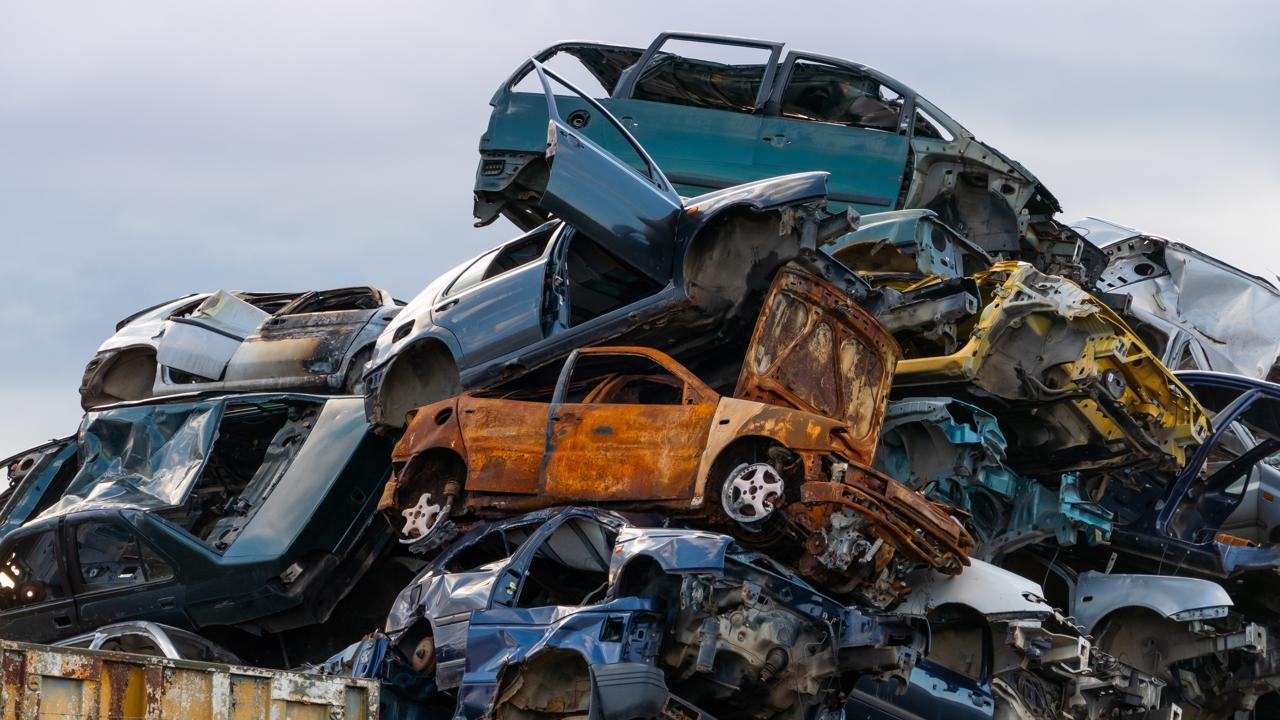
Post by : Amit
Centre Pushes for a National Recycling Revolution
The Indian government has stepped up efforts to establish a nationwide network of modern metal scrapping centres. Spearheaded under the ambitious Vehicle Scrappage Policy and complemented by the Vehicle Vehicle Modernisation Programme (V-VMP), this nationwide movement aims to dramatically reshape India’s recycling ecosystem.
The Ministry of Road Transport and Highways (MoRTH), in close collaboration with state governments and private stakeholders, is implementing a plan that will enhance resource efficiency, reduce environmental damage, and decrease dependency on metal imports. By increasing the number and capacity of Registered Vehicle Scrapping Facilities (RVSFs) and Collection and Dismantling Centres (CDCs), India is laying the groundwork for a future where discarded vehicles and obsolete machinery can be turned into a circular source of raw material for multiple sectors.
What Is Driving This Scrapping Push?
India’s domestic demand for metals—especially steel, aluminium, and copper—has grown exponentially over the past two decades. From automobile manufacturing and infrastructure development to electronics and defense, industries are constantly on the lookout for affordable raw materials.
Yet a major chunk of India's metal needs has historically been met through imports, leaving the country vulnerable to global price fluctuations and trade disruptions. This dependency not only drains foreign exchange reserves but also slows down India’s self-reliance efforts under Aatmanirbhar Bharat.
The government’s renewed interest in developing scrapping centres is directly linked to this need to reduce import dependency, improve domestic recycling rates, and create a steady, low-cost source of secondary raw materials.
Vehicle Scrappage Policy: A National Framework for Circular Mobility
Launched in 2021, India’s Vehicle Scrappage Policy laid the foundation for a regulated and environmentally responsible ecosystem to deal with End-of-Life Vehicles (ELVs). It mandates the phasing out of unfit, old, and polluting vehicles, encouraging owners to retire these vehicles in exchange for incentives toward newer, more efficient models.
As per MoRTH estimates, over 5.2 million light motor vehicles and 3.4 million medium and heavy commercial vehicles are currently beyond 15 and 20 years of age, respectively. Many of these are still running on Indian roads, contributing disproportionately to air and noise pollution.
Scrapping them in a scientific, eco-friendly manner would recover millions of tonnes of ferrous and non-ferrous metals, precious auto parts, plastics, and glass—elements that would otherwise end up in landfills or create illegal environmental hazards.
Rapid Expansion of Scrapping Centres Across India
The government has fast-tracked the establishment of more than 150 Registered Vehicle Scrapping Facilities (RVSFs) across the country. States like Uttar Pradesh, Gujarat, Maharashtra, Tamil Nadu, and Rajasthan have taken the lead in implementing MoUs with private players to set up these centres in a Public-Private Partnership (PPP) model.
Each RVSF is equipped with semi-automated machinery, hydraulic shredders, cranes, and material sorting lines to ensure maximum extraction and minimal waste. Moreover, these facilities are designed to comply with Bureau of Indian Standards (BIS) and MoEFCC guidelines, making the process not just industrially efficient but also environmentally safe.
In tandem, over 600 Collection and Dismantling Centres (CDCs) are either operational or under development, serving as feeder units that collect scrappable vehicles and channel them to RVSFs.
Benefits Beyond Recycling: Economic, Environmental, and Employment Impact
This effort is not just a clean-up job. It holds multi-sectoral benefits:
1. Reduced Import Dependency:
Recycling one tonne of steel saves 1.1 tonnes of iron ore, 630 kg of coal, and 55 kg of limestone. Using scrap can reduce energy usage in steelmaking by up to 60%. This directly substitutes imported raw materials, helping Indian industries become globally competitive.
2. Circular Economy:
The recycled metals find their way back into the production cycle, significantly reducing the demand for virgin resources. This forms the backbone of India’s future circular economy strategy.
3. Environmental Gains:
Vehicle scrapping prevents toxic chemicals and oils from leaking into soil and water bodies. It also reduces urban air pollution by retiring high-emission vehicles.
4. Job Creation:
The scrapping sector is expected to generate 35,000–50,000 direct jobs and over 100,000 indirect jobs in the next five years. From skilled technicians and machine operators to logistics, the employment opportunity is widespread.
The Role of States and the Private Sector
States are critical stakeholders in the scrapping expansion plan. Their role includes simplifying regulatory approvals, providing land for RVSFs, and ensuring that local transport departments collaborate on de-registering ELVs seamlessly.
On the other hand, private sector players—especially from the automobile, steel, and logistics industries—have shown a strong interest in investing in modern scrapping infrastructure. Companies like Tata Motors, Maruti Suzuki, Toyota, and Mahindra & Mahindra are either partnering with third-party recyclers or building in-house scrapping capabilities to support the ecosystem.
Additionally, PSUs such as MSTC Ltd. and government-backed agencies have been tasked with standardizing auction processes, tracking compliance, and reporting key data to central agencies.
Addressing Infrastructure and Awareness Gaps
Despite the progress, challenges remain. Lack of public awareness, especially among rural vehicle owners, is a major roadblock. Many are unaware of the financial or environmental benefits of scrapping old vehicles through legal channels. Instead, they opt to sell them to informal scrap dealers, where recycling is done without regulatory oversight.
Secondly, scrapping infrastructure in India is still urban-centric, leaving hinterlands and Tier 2 cities without access to certified RVSFs. The government is now incentivizing companies to set up mobile collection units and expand logistics support to smaller towns.
The government is also investing in digital systems to track scrapped vehicles, link them with vehicle registration databases, and automate the delivery of incentives such as road tax rebates and discounts on new vehicle purchases.
Incentives and Policy Synergies
To make scrapping attractive, the Centre and states are offering a range of incentives:
Moreover, these efforts are synchronized with India’s National Steel Policy, Make in India, Faster Adoption and Manufacturing of Electric Vehicles (FAME) scheme, and Swachh Bharat Abhiyan, creating a cohesive national narrative for sustainability and self-reliance.
What Lies Ahead?
By 2030, India is expected to generate over 22 million ELVs annually, producing around 7 million tonnes of recoverable scrap. If even 70% of this is recycled efficiently, India could save up to Rs 40,000 crore annually in metal imports and CO₂ emissions.
In the next phase, the government plans to:
A Green Engine for Growth
The expansion of scrapping centres across India is more than just a policy mandate—it is the backbone of India’s emerging green industrial revolution. By blending policy reform, private investment, environmental stewardship, and digital governance, India is not only cleaning up its streets and industries but also turning waste into wealth.
As more vehicles reach the end of their lifespan and more industries commit to circularity, scrapping centres will become strategic national assets—powering economic growth, sustainable manufacturing, and cleaner cities for generations to come.
Metal Scrapping Centres, Govt of India




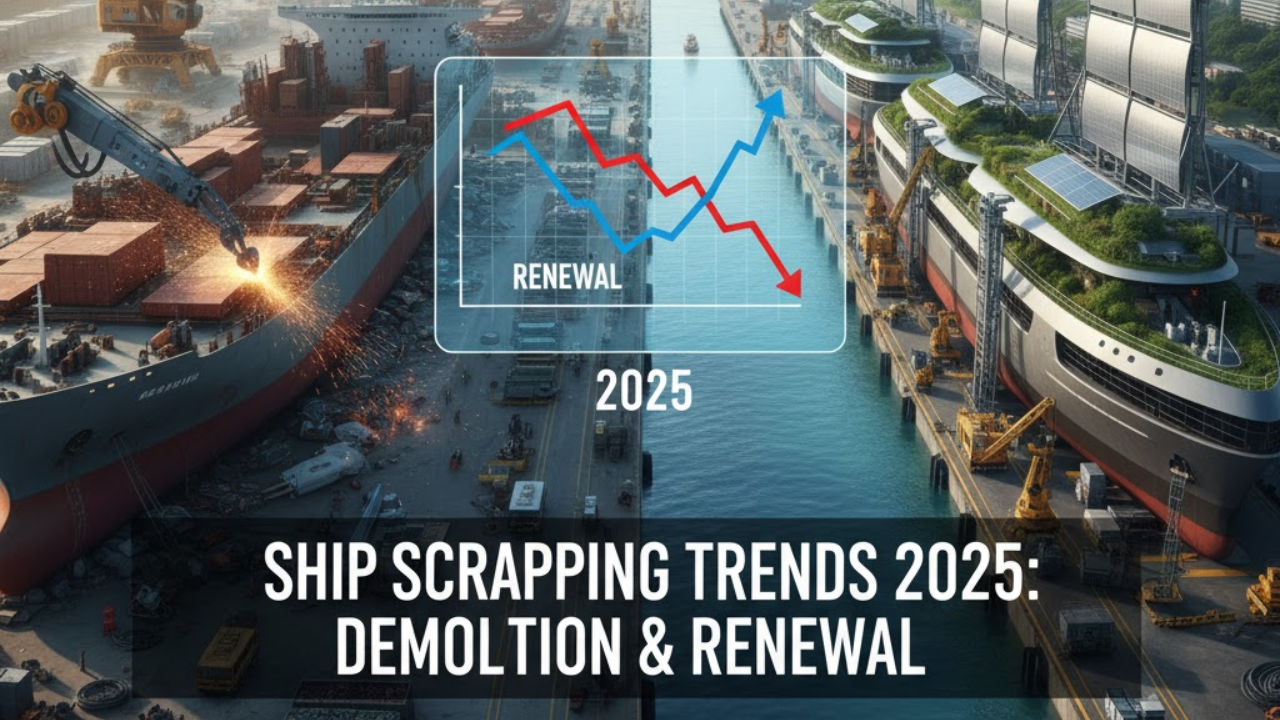

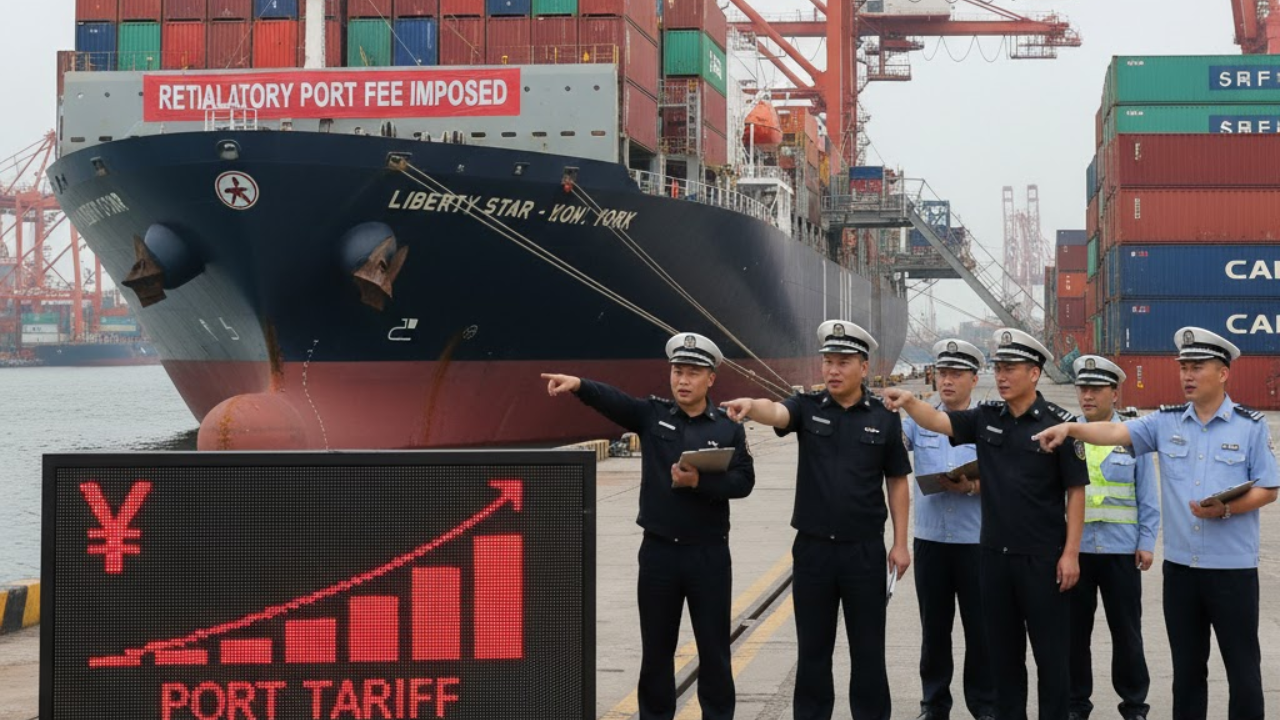
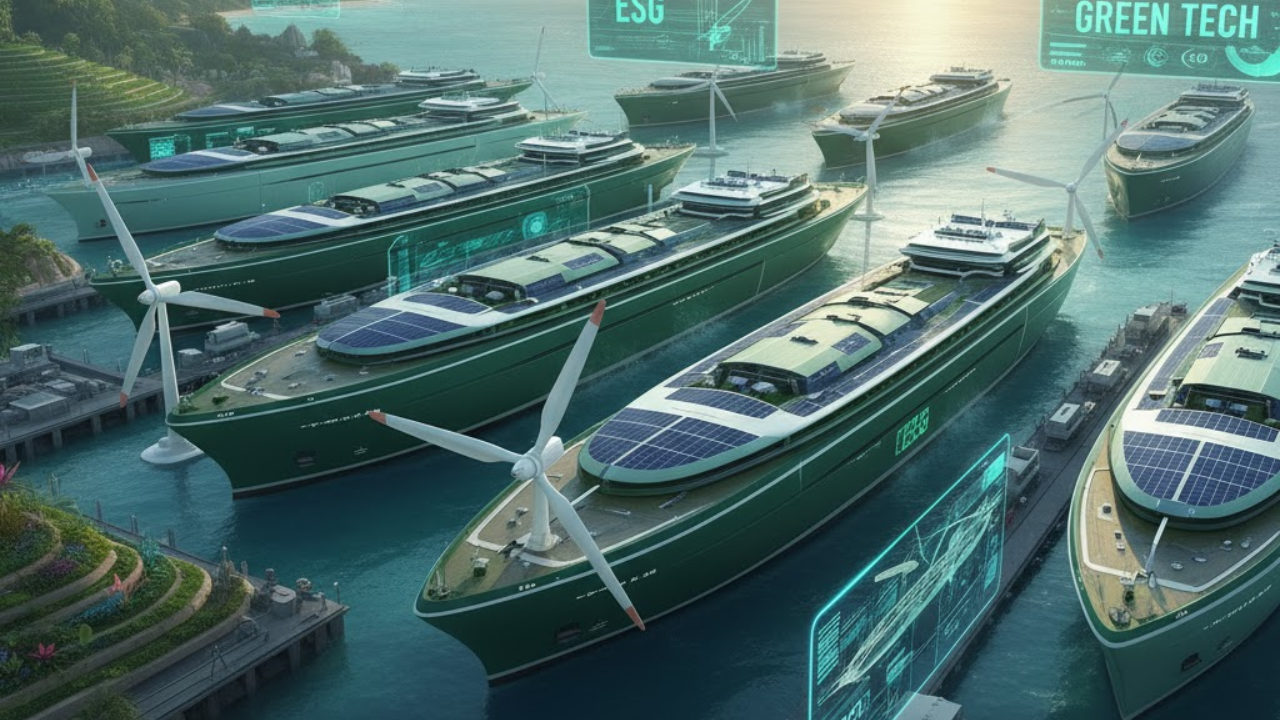
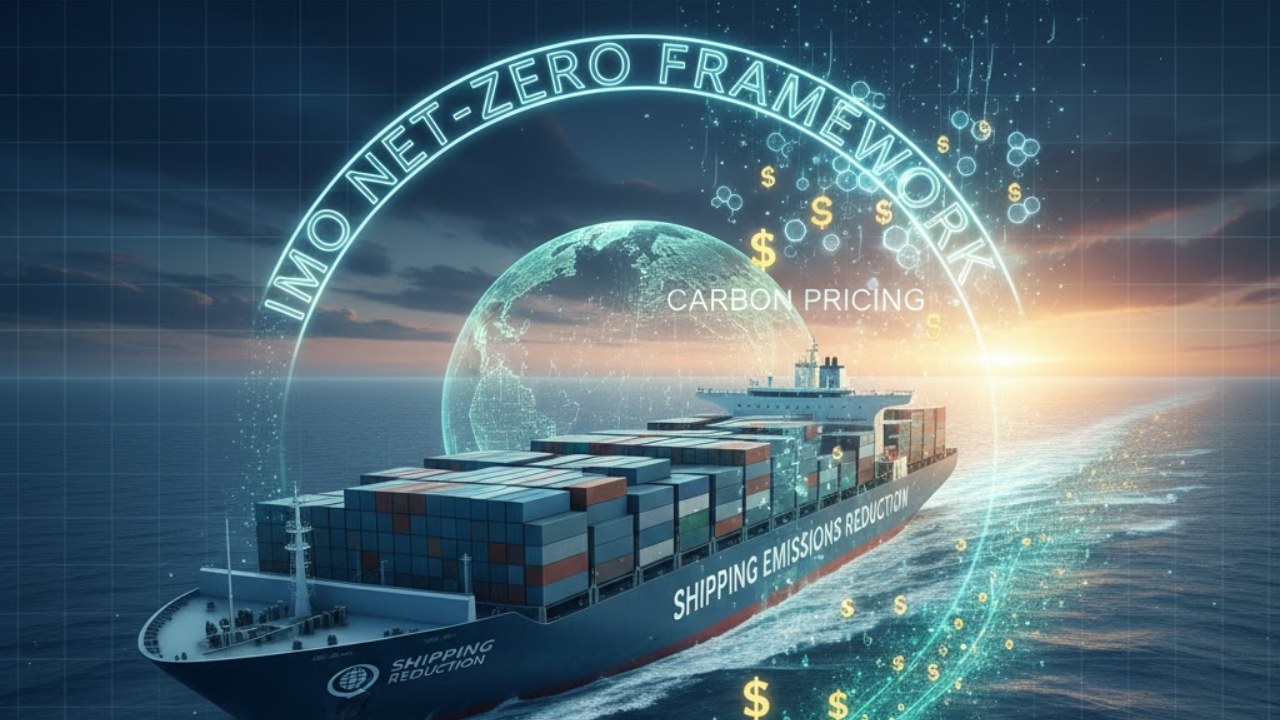

Bengaluru-Mumbai Superfast Train Approved After 30-Year Wait
Railways approves new superfast train connecting Bengaluru and Mumbai, ending a 30-year demand, easi

Canada Post Workers Strike Halts Nationwide Mail and Parcel Services
Canada Post halts operations as CUPW strike disrupts mail and parcel delivery nationwide amid disput

PM Modi Launches BSNL ‘Swadeshi’ 4G Network, 97,500 Towers Built
India enters global telecom league as PM Modi inaugurates BSNL’s indigenous 4G, connecting 26,700 vi

India’s Iconic MiG‑21 Takes Final Flight After Six Decades of Service
After 60 years India retires its MiG‑21 fighter jet, a legendary yet controversial warplane marking

Hindustan Zinc unveils AI hotspot monitoring at Debari smelter
Hindustan Zinc launches AI-powered Switchyard Hotspot Monitoring at Debari smelter to cut outages bo

Chinese experts worked inside sanctioned Russian drone plant
Chinese drone specialists visited IEMZ Kupol supplying parts and drones via intermediaries, deepenin